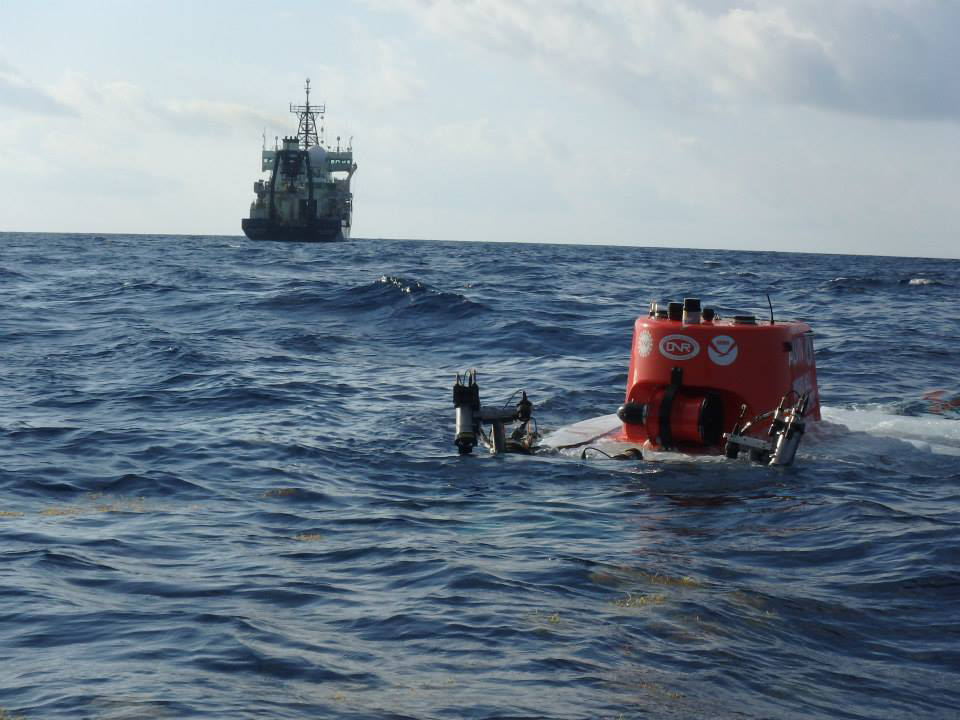SEEPC: Methane Seep Connectivity at NC State
What is Methane Seep?
Methane seeps, also known as cold seeps, occur along continental margins where reduced methane and sulfide emerge from ocean sediment. Methane seeps were fairly recently discovered (1984), but have since been found throughout the world’s oceans. The exploration of methane activity off of the U.S. Atlantic Margin led to the discovery of more than 400 methane seeps, which drastically increases scientific understanding of seep distribution and abundance patterns, as well as the implications for potentially high population connectivity among seep invertebrates.
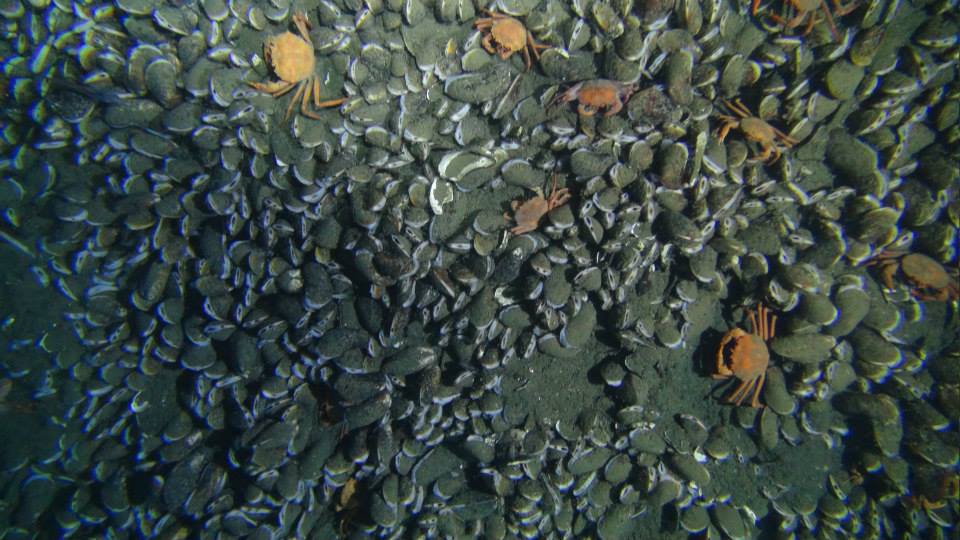
About the Project
This project will evaluate connectivity on spatial scales that match those at which vent systems are being studied (3500 km), with a set of nested seeps (within the Barbados system) within which connectivity can be explored at more local spatial scales (30 to 130 km), and with species that span depth (600 m to 3600 m) and geographic ranges (30 km to 3500 km) and that have diverse life-history characteristics. Five deep-sea seep systems in the Intra- American Sea (IAS) are targeted: Blake Ridge, Florida Escarpment, Alaminos Canyon, Brine Pool, Barbados (El Pilar, Orenoque A, Orenoque B). The primary objective is to advance our general knowledge of connectivity in the deep sea. The focus is on species and processes occurring in the IAS, with attention to oceanographic circulation, life histories, and genetics. Questions that apply in shallow-water systems motivate this study:
- What phylogeographic breaks occur in the system? It is important to distinguish between phylogeographic history and connectivity. A phylogeographic break with no shared alleles between populations implies a long history of isolation or possibly cryptic speciation.
- Are populations connected by ongoing migration? This is the fundamental question about connectivity and the scale of genetic variation in marine species with planktonic larvae.
- What biophysical processes underlie observed connectivities? Biological processes (e.g., larval distributions in the water column, timing of reproduction, and planktonic larval duration) and physical processes of transport and dispersion interact to determine connectivity.
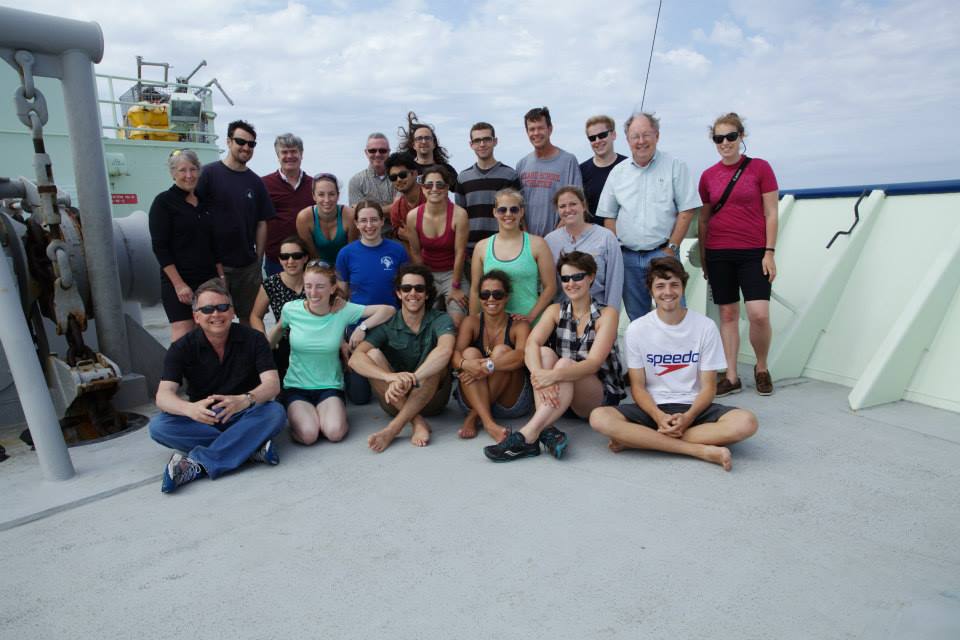
SEEPC In the News
Articles
- Centuries Old Shipwreck Discovered off North Carolina Coast July 17, 2015
- Student Dives into Seep Research March 30, 2015
- Exploring the Deep Sea: Adventures of a Researcher in the Field February 10, 2015
- OIMB on Research Cruise with Submersible Alvin June 12, 2014
- This is What Science Looks Like: Doreen McVeigh April 15,2014
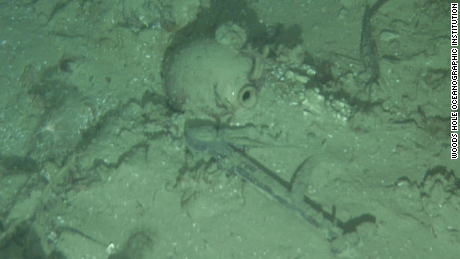
SEEPC Graduate Students
Doreen McVeigh

Doreen McVeigh completed her PhD in the department of Marine, Earth, and Atmospheric Sciences at North Carolina State University in June 2016. Her dissertation uses a climatological computer model developed by the Ocean Observing and Modeling Group to simulate species-specific behaviors of four seep invertebrates across five methane seep sites. The behavior results are then compared to particles advected only by the currents to understand how behavior influences potential dispersal throughout the Gulf of Mexico and Western Atlantic. Doreen is also a passionate public speaker with over 30 public talks in the US and Europe to connect the public with ocean science and the mysteries of the deep sea.
Abigail LaBella
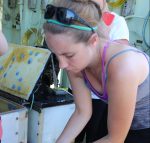
Abigail LaBella is a PhD candidate in the Duke University Program in Genetics and Genomics. Her research into the population dynamics of deep-sea organisms has taken her on multiple research expeditions to the bottom of the ocean on the submersible Alvin. In particular, Abigail studies a species of deep-sea clam known as Abyssogena southwardae which lives on the deepest chemosynthetic habitats across the Atlantic Ocean. She is interested in when they arrived in the Atlantic and how they spread to so many different habitats.
Marine Labs Associated with SEEPC
Department of Biology and the Duke University Marine Lab
- Cunningham Lab: Molecular Systematics and Biogeography of Marine Organisms
- Van Dover Lab: Marine Science and Conservation
Oregon Institute of Marine Biology (OIMB)
- Young Lab: Reproduction and Early Life Stages of Marine Invertebrates
- Maslakova Lab: Evolution of Embryonic and Larval Development of Marine Invertebrates
